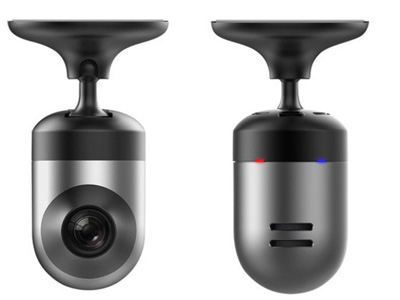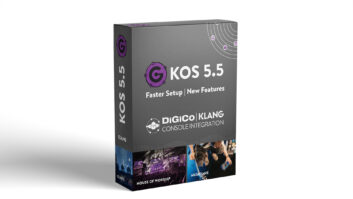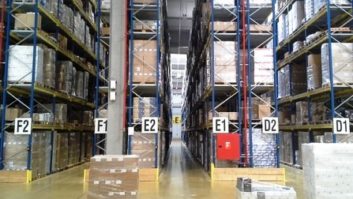
We recently sat down with Raymond Levy, COO of Fesco Distributors, to get his pulse on the current CE industry.
TWICE: The aftermarket for in-vehicle technology used to revolve around entertainment, but the trend seems to be swinging toward safety. Can this trend revive a market that was fading?
Entertainment is becoming less prominent because the standard level of audio that comes with most cars is better than ever. Furthermore, the audio head unit is evermore seamlessly integrated into the design of the dash. The combination of which is a severely declining aftermarket audio business. Fesco, in addition to being manufacturers, has deep roots as a major distributor. Our car audio business is nowhere near where it was in its heyday.
That being said, aftermarket brands need new options and new ways to keep up with the needs of consumers. With car accidents and fatalities rising, likely due to in vehicle smart phone usage, consumers are becoming more cognizant of driving safely and protecting themselves from drivers who are not cautious.
TWICE: Are the big-box retailers embracing this technology or is it still concentrated around specialty retailers and online?
They’re looking into how they can leverage these new aftermarket connected car products to generate new revenue streams for their car audio departments and car audio installation bays. They’re heading in the direction of the connected car.
TWICE: Thousands of consumers are using apps like Waze and their phones to provide simple navigation. How are vendors of nav products setting themselves apart?
Nav products are doing this by offering an app/mobile version of their own along with a more curated, co-branded experience that targets vertical channels like truckers. They’re also moving towards a more Waze-like experience by integrating the Android OS and app-ability. Additionally, many vendors offer tablet like functionality with larger screens and other useful features like dash cams.
TWICE: The U.S. Dept. of Transportation has come out with a protocol for vehicle-to-vehicle communication that will allow for an autonomous vehicle ecosystem. It would seem like a big opportunity for vendors to sell to consumers who have older cars that will not have that technology built in. Do you think it’s possible for autonomous and manual vehicles to share the road safely in the future?
Anything is possible provided both systems have NASA-level (or better) safety redundancies. This is a major paradigm shift for US consumers and there are numerous technical issues to be resolved, not the least of which are critical safety redundancies. This is an area of technology that we are watching carefully to see how it evolves. Also, these new technologies represent a further expansion of the ability to utilize a consumer’s data to develop customized user experiences.
TWICE: In-vehicle technology had a pretty big spotlight at CES in January. How were your clients’ lines received?
Our new Car & Driver, Eye-1 Series of Dash cams garnered a serious amount of interest due to its foot print, which is more compact than most existing offerings, and because of its technology. The new Eye-1 series includes Wi-Fi compatibility, 1080p FullHD, military-grade IR, and most exclusively, CloudCover. CloudCover is our seriously robust app that makes operation intuitively easy.
Having a dash cam is taking a proactive approach to protecting oneself from the growing rate of accident-related insurance fraud. After all, you can argue facts with another driver; you cannot argue facts with 1080p footage taken in real-time. Our goal with this new line was to make it as easy as possible for motorists to provide evidence in “their word against yours” situations. It’s important to note that the government is spending close to $300 million on police body cams for this very reason. This significant investment proves the value of video evidence.
That’s why our new EYE-1 series was developed with a focus on ease of use, image quality, and storage. The units can save almost 20 hours of footage (with time and date stamp) to a MicroSD card (up to 64GB) as well as to the Cloud, or even to various social-media sites. Add this to the fact that EYE-1 is from Car & Driver, probably the highest profile name in the consumer dashcam space and a brand with an almost unparalleled level of integrity, and it’s easy to see why we were getting so much positive attention.













